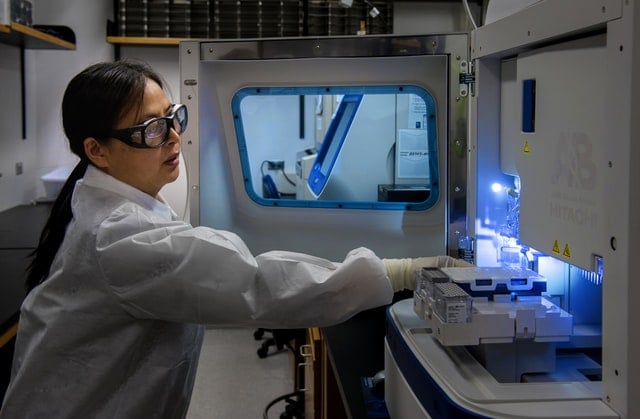Chinese researchers have designed a method for treating gastric injuries common in conditions like ulcers by using a micro-robot that can conduct in vivo bio-printing.
Gastric wall injury is a common problem in the digestive tract which require drugs or surgery.
Bioprinting, on the other hand, is an additive manufacturing process where biomaterials such as hydrogels and other polymers are combined with cells and growth factors to create structures imitating natural tissues.
Delivering cells to the wound during tissue repair, it offers a potentially useful treatment option.
In a new development, researchers from Tsinghua University, China, put forward a new concept of “in situ in vivo bioprinting” and designed a micro-robot that enters the body to carry out the repair.
They then tested the micro-robot, which enters the body via an endoscope, and its delivery system with the biological model of a human stomach to mimic the insertion and bio-printing procedures.
Also included in this is a bio-printing test in a cell culture dish that sought to see how effective the device is at printing viable cells; repairing wounds and found that printed cells remained viable.
Xu Tao, one of the researchers, noted the research verified the feasibility of the method for gastric injuries and offered a potential application for wounds in the body without any invasive surgery.
“More work is needed, including reducing the size of the bio-printing platform and developing bio-inks. We hope advances in bio-printing bring the potential for clinical sciences,” Tao explained.
Copyright 2025 TheCable. All rights reserved. This material, and other digital content on this website, may not be reproduced, published, broadcast, rewritten or redistributed in whole or in part without prior express written permission from TheCable.
Follow us on twitter @Thecablestyle

